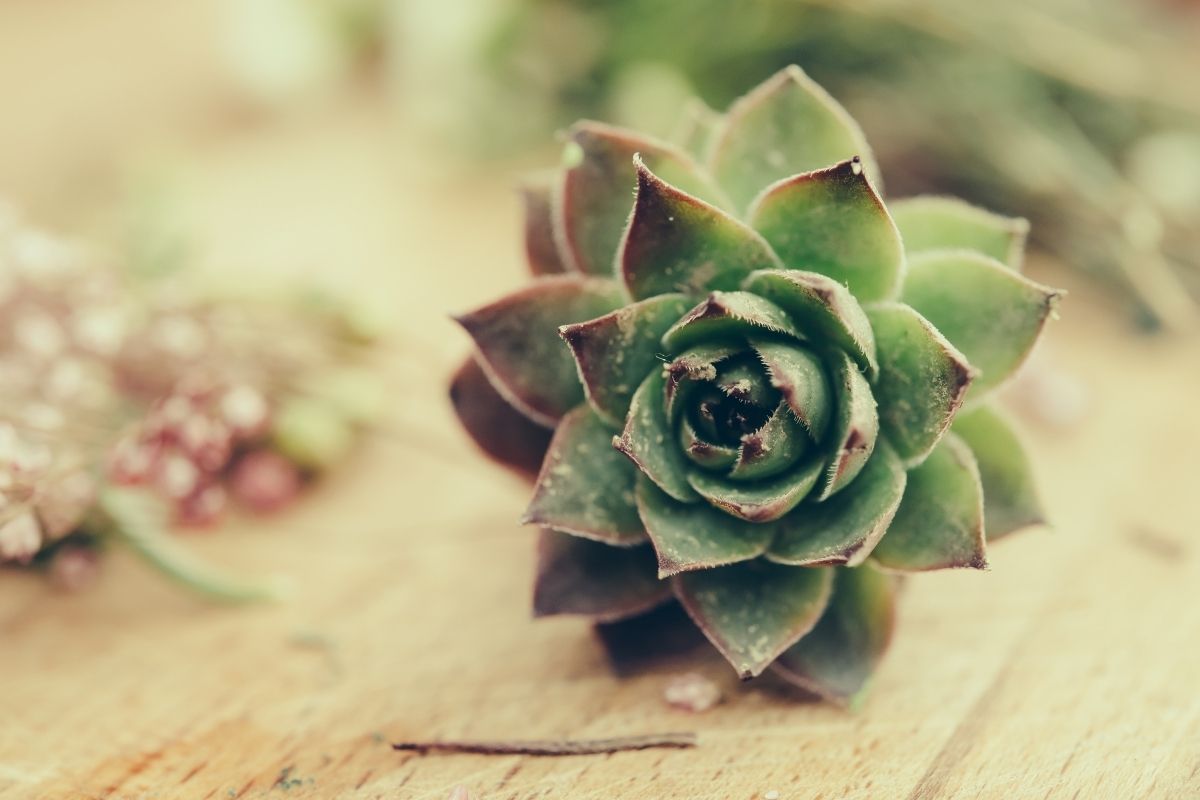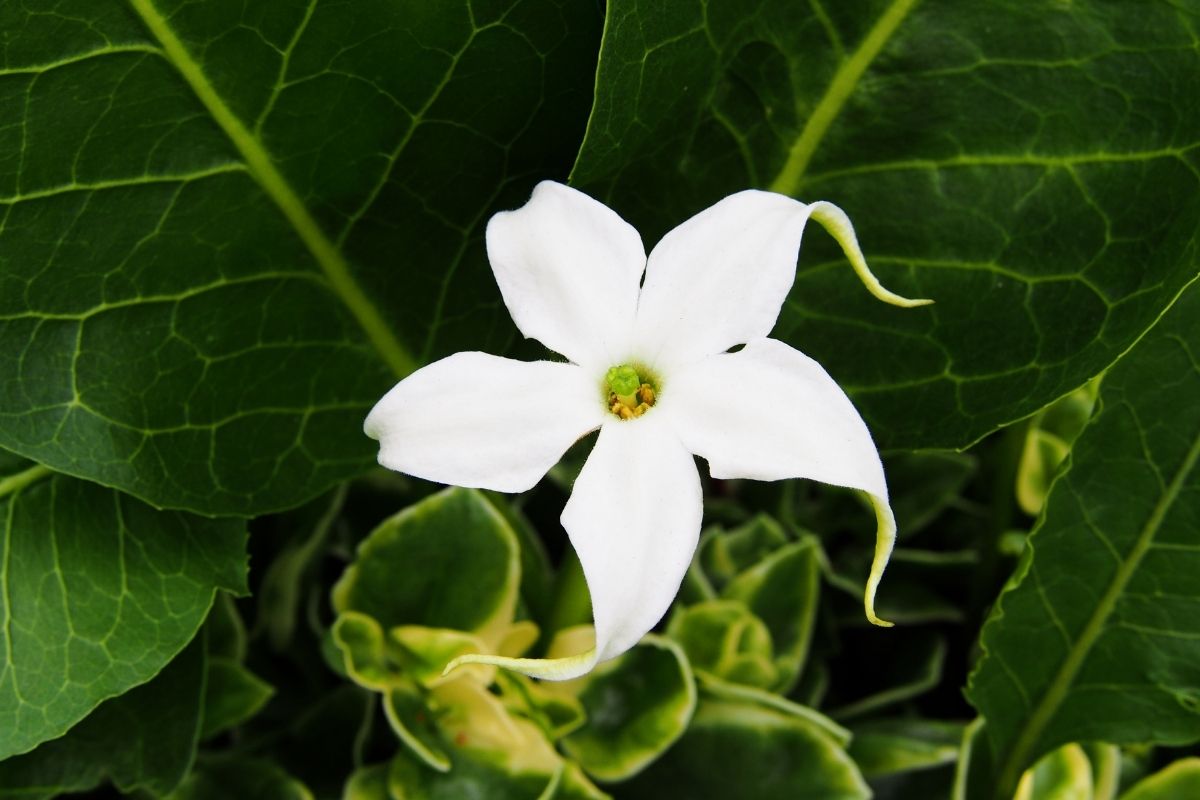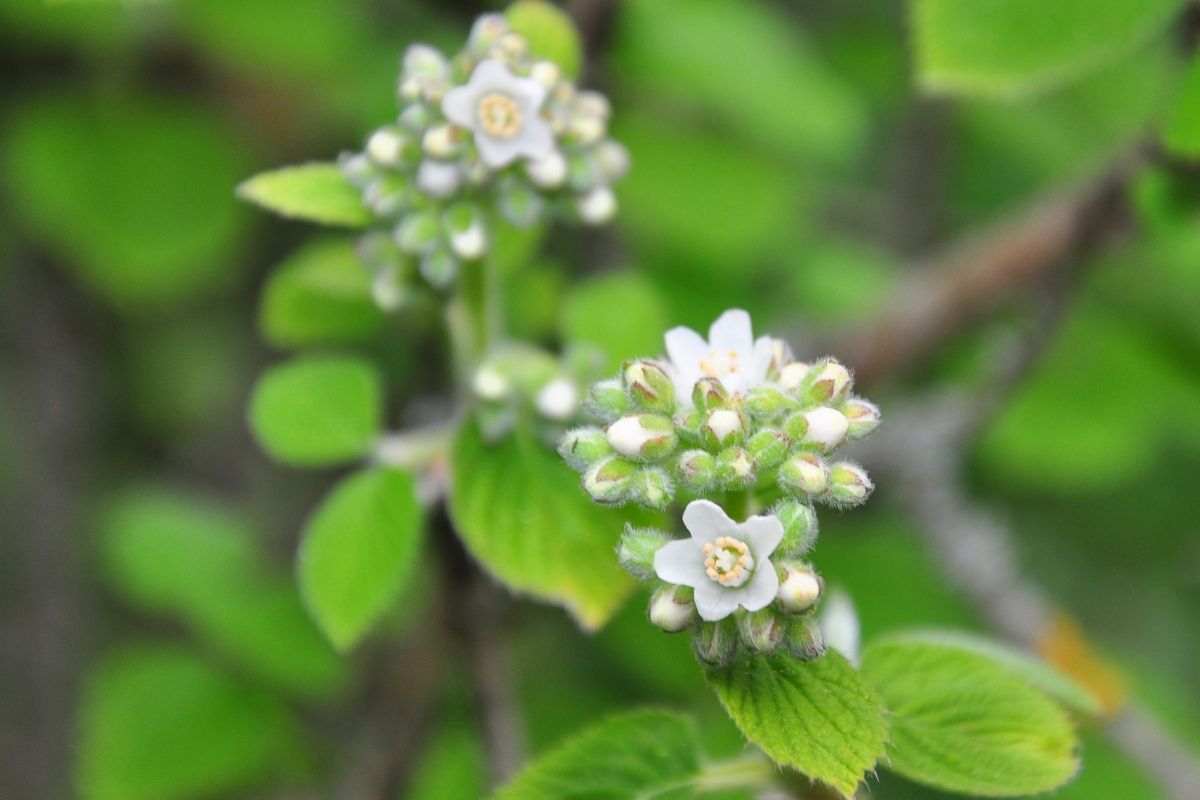Whether you are new to gardening, or you are studying for horticulture certification, remembering plant genuses and individual names is a serious toll for any level gardener. Learn more about flowers that start with J
Most experienced horticulturists remember these names purely through experience and repetition, so don’t worry if you are having trouble.
The alphabetized lists are an easy way to learn genus names as well as learn more about plants in general. Read our list to learn more and expand your knowledge.
1. Jasminium (AKA Jasmine Or Jessamine)

Jasmine is a flower we will all have heard of but many may not have seen or be able to recognise; the most common use of Jasmine is as an essential oil and fragrance.
If you have ever seen Aladdin, Princess Jasmine, unsurprisingly, has a white Jasmine flower in her hair – this is a very common hair accessory for women in Asia.
Many may be surprised to hear that Jasmine is actually a shrub, and is closely related to the Olive tree – both are under the taxonomic category of Oleaceae. When the shrub is mature it produces small white and yellow flowers that are fragrant and beautiful.
There are over 200 subspecies of Jasmine, Jasminum officinale being the most common. Generally the species is native to tropical and subtropical climates in Eurasia and Oceania but is widely cultivated across the world these days.
For example what is colloquially called ‘Spanish jasmine’ (Jasminum grandiflorum, is actually native to West Asia is now naturalised through modern horticulture to the climate in Iberia.
There are actually many plants that we may refer to as ‘Jasmine’ but are actually completely different genuses, this is another reason why latin nomenclature is a necessary evil.
Jasmine flowers are actually much more than simply an aesthetic pleasure, they have many uses across different areas. Jasmine flowers are made into tea across the plant’s native regions of Asia. This tea smells pleasant and has as many health benefits as your generic green tea.
We can also extract essential oils from the jasmine flower which are commonly used in many different fragrances as well as essential oils.
Related: 7 Fantastic Flowers That Start With L (Including Pictures)
2. Jacaranda

The Jacaranda plant is a flowering species of shrub, and trees in some circumstances, that can range from 65 – 100 ft tall – the Jacaranda plant produces fruit as well as flowers.
In modern usage, the Jacaranda plant is mainly cultivated for its ornamental and decorative features, their fruit is generally not used much.
A fully grown Jacaranda tree is very similar looking to a cherry blossom, but its colors are bluey purple rather than white and pink.
One common use of Jacaranda beyond it’s aesthetics is in herbal medicine, many find that Jacaranda extract can have antioxidant and antibiotic properties.
In Pakistan and other South Asian countries, Jacaranda trees grow commonly. However, in modern horticulture, the Jacaranda tree now has cosmopolitan distribution meaning that it has been cultivated in most climates across the world and doesn’t have a native or indigeno
Moreover, Jacaranda seeds are pretty hardy once they are past their young stage and will grow in most soil and climates, but prefers a tropical or subtropical climate for the best growing conditions.
The Jacaranda plant is actually quite common in southern US states such as California and Florida, so look for its purpley blue flowers next time you visit a southern state.
3. Jovibarba

If you enjoy succulent plants, then Jovibarba is worth a look. This succulent perennial has a pretty small genus pool with only three subspecies accepted as distinct: globifera, heuffelii and hirta.
The plant is very similar to another succulent known as Sempervivum, some botanists and horticulturists suggest that Jovibarba is a subspecies of Sempervivum but it is distinct enough to be recognised on its own.
This genus of plant, Jovibarba, is endemic to Southeastern Europe and generally grows in humid, dry, and mountainous regions.
If you aren’t familiar with succulents, just think of Aloe vera. The Jovibarba has a widespread head of individual succulent stems that are full of a jammy liquid.
These succulent stems make succulent plants, including Jovibarba, an easy plant to propagate and is commonly how the plant reproduces via offsets.
However, the heuffelii subspecies of Jovibarba does not produce offsets and actually requires propagation to produce offspring.
Generally the rosette forming heads of the plant are a bright green color that can turn reddish near the tips when mature.
In comparison the Sempervivum is much darker in color, its stems open more widely, and they also produce more stems. Jovibarba means ‘beard of Jupiter’ and is named after the rosette head of the plant.
4. Jaborosa

The Jaborosa plant is a genus from the Solanaceae family, these flowers are commonly referred to as ‘nightshades.’
The Jaborosa is a pretty curious and interesting plant, like many nightshades. There isn’t much really known about Jaborosa plants beyond their objective biology.
This could be because the plant grows quite high up in the Andes, most commonly, and often doesn’t survive wet winters. As a result, the plant flowers in quite a short window.
There are 20 subspecies of Jaborosa that are all generally endemic to South America. Rather interestingly, some subspecies are pollinated by insects such as flies and moths; certain moths actually feed on the nectar of the flowers.
The flower of the Jaborosa plant is equally interesting. They are usually white and have triangular petals that are long and usually come in groups of around five per head. We can describe the Jaborosa plant as creeping and colony forming thanks to its rhizomatous root systems.
Most nightshades from the Solanaceae or ‘Solanum’ family are considered poisonous. However, Jaborasa is only phytotoxic, which means they only poison other plants.
This is another reason why the plant isn’t cultivated often. Jaborosa is full of steroid compounds known as withanolides.
5. Jamesia

This shrub is an all-American plant that is endemic to western North America. The Jamesia, commonly called ‘cliffbush’ or ‘waxflower’ is a shrub that grows commonly in the mountainous regions of western US at around 1600-3000m altitude.
Essentially, this is an American hydrangea, it comes from the Hydrangeaceae family and is similar to other plants in this family.
There are only two recognised subspecies of Jemsia, americana and tetrapetala. Although there is some botanical dispute as to whether tetrapelata (fourpetal) is a recognisable subspecies.
The shrub generally grows wide and tall in the correct environment and produces erect panicles of whie flowers that often have five petals (americana).
Occasionally some plants are found that have four petals, hence tetrapelata, but there is debate if this is just a mutation of the americana subspecies or if this is an actual independent subspecies.
Go to Sequoia national park in the spring and you will find many many flowering Jamesia’s that light up the red mountains.
The plant is named after Edwin James, who was the botanist on Stephen Long’s 1820 expedition to explore the west of America.
Specifically they covered territory across the Rocky mountains, the Platte, and Arkansas Rivers. Edwin James was the first to collect this species in American culture, although the plant definitely existed long before the colonisation of America.
Related: 9 Interesting Flowers That Start With I (With Pictures)
6. Jovellana

The Jovellana genus is a really botanically interesting plant that has recently undergone some interesting family changes and also has an interesting dispersal across some quite different biomes.
The Jovellana is a herbaceous perennial plant that produces some ornamental and decorative flowers.
Firstly, in modern Botany, the Jovellana plant is recognised now as a Calceolariaceae although it was once a Scrophulariaceae and some still recognise it as the latter.
Once molecular research was conducted on the Scrophulariaceae family it was discovered that the family was ‘polyphyletic’ – this simply means that this family was grouped together by their similarities but NOT their genetic ancestry.
As a result these plants were split up into new families that are organised by ancestry and molecular similarities.
Secondly, the Jovellana is one of a few genus that have a curious long distance dispersal, this means that the plant’s endemic regions can differ a lot by distance and climate. However, there is a rather simple answer to this curiosity.
Interestingly, of the 5 subspecies of Jovellana, 2 are endemic to New Zealand, while 3 are endemic to South America, specifically Chile.
There is a simple answer to this curiosity though. Between the Miocene epoch and the Pliocene epoch it was believed that New Zealand moved from a subtropical climate into a more temperate climate that is similar to South America.
As a result it seems possible that long distance dispersal caused the Jovellana plant to travel from SOuth America to the New Zealand islands sometime in between these epochs, which explains why the subspecies are split across such vast distances.
Something similar happened with the Fuschia genus as well as some other cases.
The Jovellana flower is pretty interesting and is cultivated for its ornamental quality. They have bell shaped heads formed of white petals, the inside of these petals are commonly dotted with purple spots which contrast with the yellow stigma.
Conclusion
There you have it, some of our favorite flowers that begin with the letter J! If anything, this list goes to show that nomenclature is never an indicator of the plant’s endemic region, but they are cool to learn about the etymology of each plant’s name.
We hope you learned something from this article, here are other articles that you can learn from:
6 Lovely Light Orange Flowers (Including Pictures)







